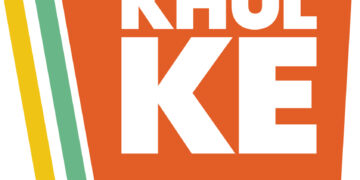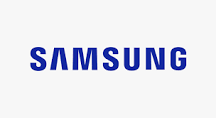Investing in stocks for wealth creation in the long term is a well-accepted proposition. For this, mutual funds are a preferred choice. But the plethora of mutual fund schemes makes it difficult for many investors to make an investment choice. Specially for those who don’t have advisor or distributor by their side. Most investors are comfortable owning shares of large and mid-sized companies. For them, large-cap equity funds, flexi-cap equity funds, and mid-cap equity funds become natural choices. But even these choices entail a few challenges, such as selection of individual schemes, tracking and reviewing them, and rebalancing between large and midcap allocation in them from time to time. Due to these challenges, investors usually look for easy-to-execute investment avenues.
A passively managed index fund aims to generate returns in line with that offered by replicating the index module if any by buying constituent stocks in the same proportion of the index, allocating an equal amount of money. With this, investors get a perfect blend of stocks exposure.
A fairly diversified index provides exposure to businesses spread across sectors –financials, IT, consumer to chemicals, and healthcare services among others. This approach of allocating equal amounts of money works in favor of investors. Investors get exposure to both established businesses and growing businesses. Timely rebalance in these funds allows booking profits in particular market cap of stocks when it is outperforming the other. As it is an index constructed on a free-float market capitalization of stocks, it allocates more to winners and trims exposure to under-performers, which keeps it ahead of some other investing styles in the long run.
Diversified indices do not have a specific allocation ratio between the market cap of stocks. A fund providing exposure to entire market represents a strategy of collective market intelligence. This strategy usually provides above-average returns compared to peer group funds. Equal allocation, auto-rebalancing every quarter, has helped these index funds do well compared to most flexi-cap and large-and-Mid-cap funds over three, five, and 10 years.
Reviewing and tracking investments in an index fund is relatively easy compared to tracking investments in actively managed funds. Such schemes can be looked at as complementary to existing investments in actively managed equity schemes. Savings due to lower costs also add up to returns over longer time periods.
An index fund carefully chosen should be an appropriate choice for first-time investors who are keen to start their investment journey as such investors take too much effort of selecting schemes and allocating money between them. Instead, they can start a SIP and achieve equity asset class exposure by taking the least effort. Even investors who do not have access to advisors and distributors and those who take their own investment decisions can consider investing in a good index fund for the sake of simplicity in their portfolio.
Disclaimer: Niranjan Avasthi is the Head – Product, Marketing & Digital business at Edelweiss Asset Management Limited (EAML) and the views expressed above are his own.
MUTUAL FUND INVESTMENTS ARE SUBJECT TO MARKET RISKS, READ ALL SCHEME RELATED DOCUMENTS CAREFULLY
An investor education initiative by Edelweiss Mutual Fund
All Mutual Fund Investors have to go through a onetime KYC process. Investor should deal only with Registered Mutual Fund (RMF). For more info on KYC, RMF and procedure to lodge/redress any complaints, visit – https://www.edelweissmf.com/kyc-norms



































